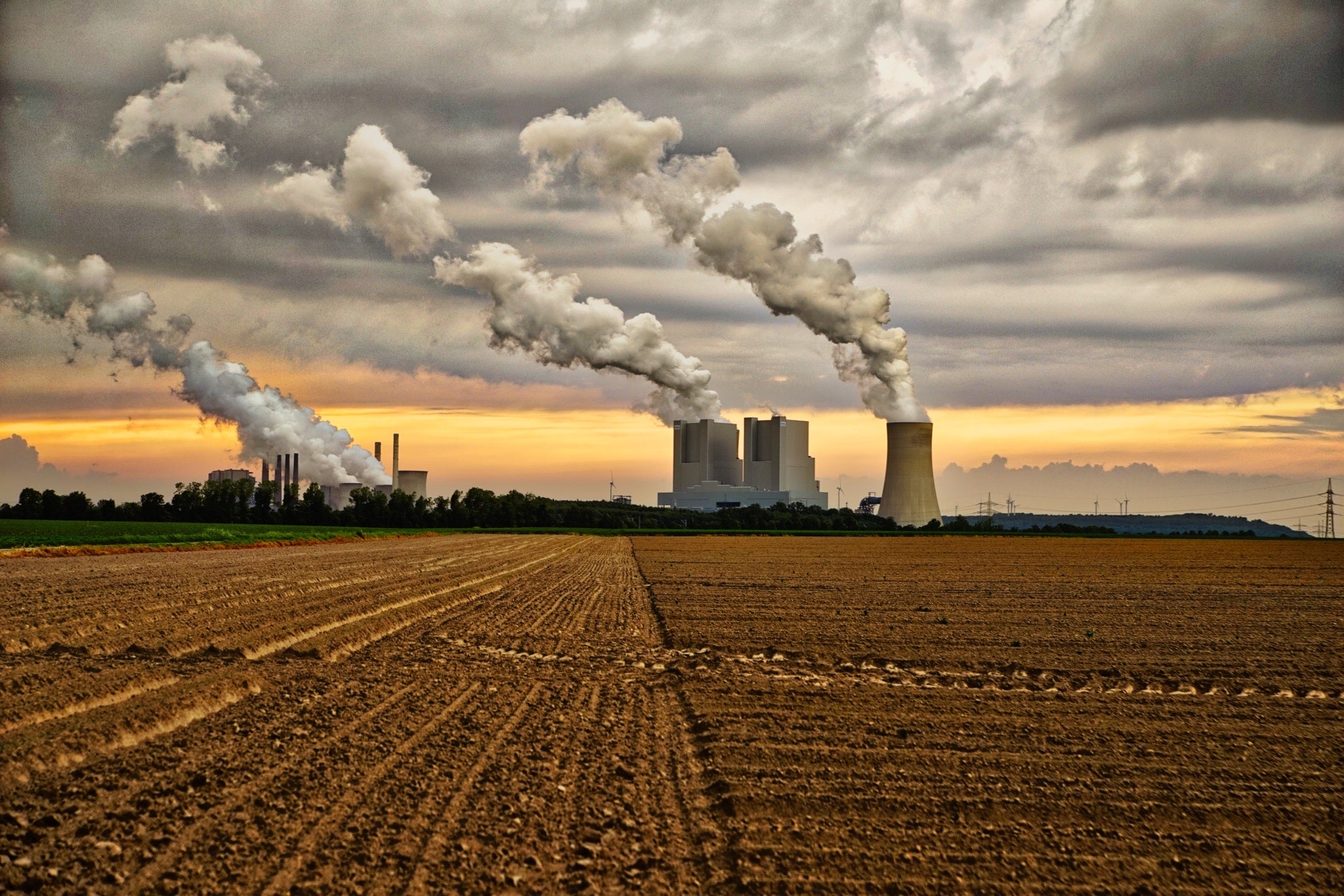Download the report
This report analyzes the energy, economic, environmental, and health outcomes of an illustrative clean energy standard (CES) design that reaches 80% clean electricity by 2030, and offers important information on the costs and benefits of such a policy.
The analysis is the first to map at a county scale the changes in air quality and related health benefits for the lower 48 states. It compares an 80×30 policy scenario to a range of alternative policies for reducing carbon from the energy sector and finds it is the top performer in terms of net climate benefits (climate benefits minus costs) and total health benefits. The analysis is also the first to look at the health impacts of projected air quality improvements by racial and ethnic groups.
The analyses in this brief were conducted over the last two years as part of the Clean Energy Futures project, an independent collaboration with researchers from Syracuse University; the Center for Climate, Health, and the Global Environment at Harvard T.H. Chan School of Public Health; Georgia Institute of Technology; and Resources for the Future.
Key Takeaways
The 80×30 CES has the largest net benefits of the 8 policies examined: The illustrative 80×30 CES has the largest estimated total and climate-related net benefits of other policies analyzed in the Clean Energy Futures project
Nationally, the estimated climate benefits of an 80×30 CES are large and outweigh the costs: Estimated climate benefits are $637 billion; estimated costs are $342 billion and include the cost of fuel, building new capital projects and retrofitting existing facilities, and operating energy facilities.
The additional health benefits from cleaner air would be immediate, substantial, and widespread.
-
- Estimated 317,500 lives saved from 2020-2050 from reduced exposure to fine particulate matter and ozone
- 9,200 premature deaths avoided in 2030 when the policy reaches 80% clean electricity
- Estimated $1.13 trillion in health savings due to cleaner air between now and 2050
- Air quality improvements occur in every state by 2030
- Air quality improvements are projected to occur for all racial and ethnic groups. Nationally, non-Hispanic Black people are estimated to experience the largest reductions in average population-weighted pollution exposures.
Top Ten States for Premature Deaths Avoided in the Year 2030: Ohio (771), Texas (737), Pennsylvania (582), Illinois (529), Florida (463), North Carolina (453), Indiana (441), Tennessee (424), Michigan (396), Georgia (377)
Authors and Clean Energy Futures Team
-
- Charles Driscoll*, Department of Civil and Environmental Engineering, Syracuse University
- Kathy Fallon Lambert*, Harvard T.H. Chan School of Public Health, Center for Climate Health, and the Global Environment (Harvard Chan C-CHANGE)
- Peter Wilcoxen*, The Maxwell School, Syracuse University
- Armistead (Ted) Russell, School of Civil and Environmental Engineering, Georgia Institute of Technology
- Dallas Burtraw, Resources for the Future
- Maya Domeshek, Resources for the Future
- Qasim Mehdi, The Maxwell School, Syracuse University
- Huizhong Shen, School of Environmental Science and Engineering, Southern University of Science and Technology
- Petros Vasilakos, School of Civil and Environmental Engineering, Georgia Institute of Technology
*Lead authors
Related Media
- Eighty percent clean electricity generates large benefits (The Hill)
- Biden’s clean energy plan would cut emissions and save 317,000 lives (The Guardian)







